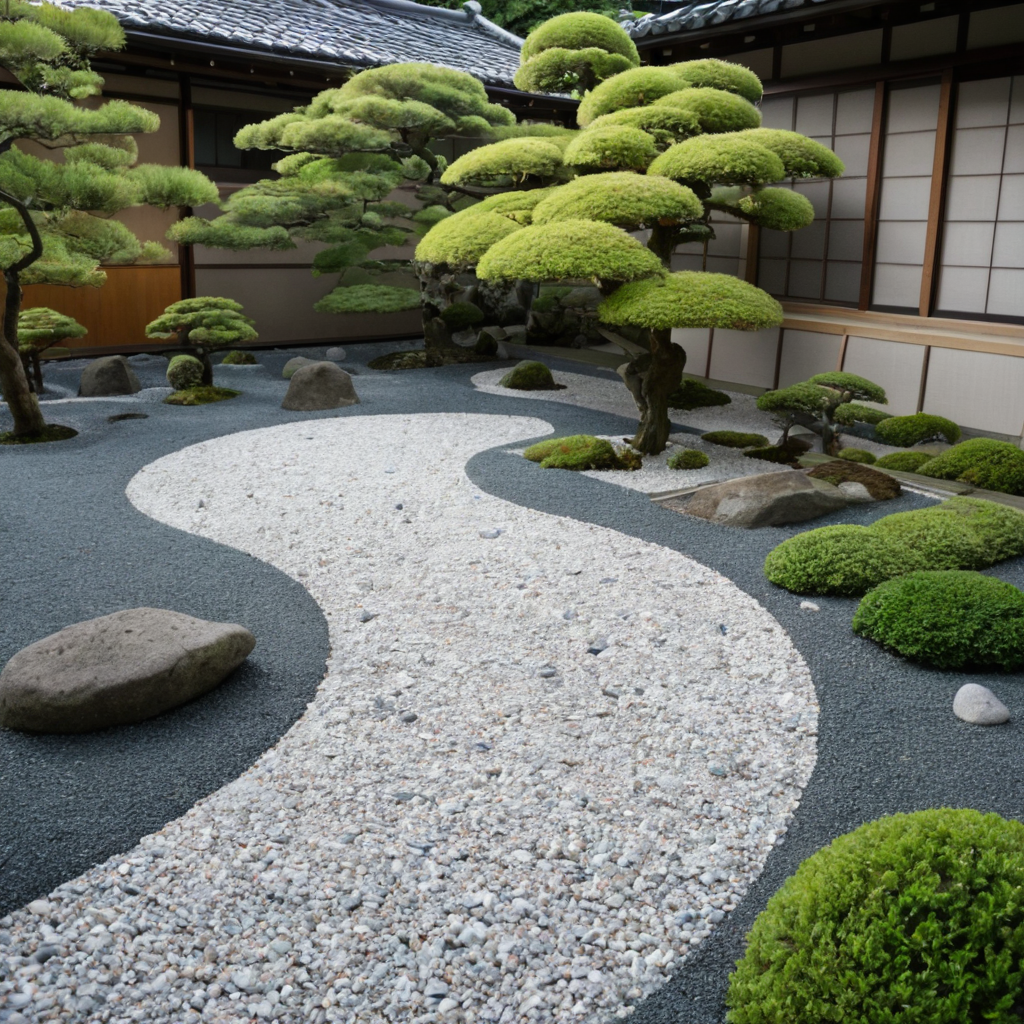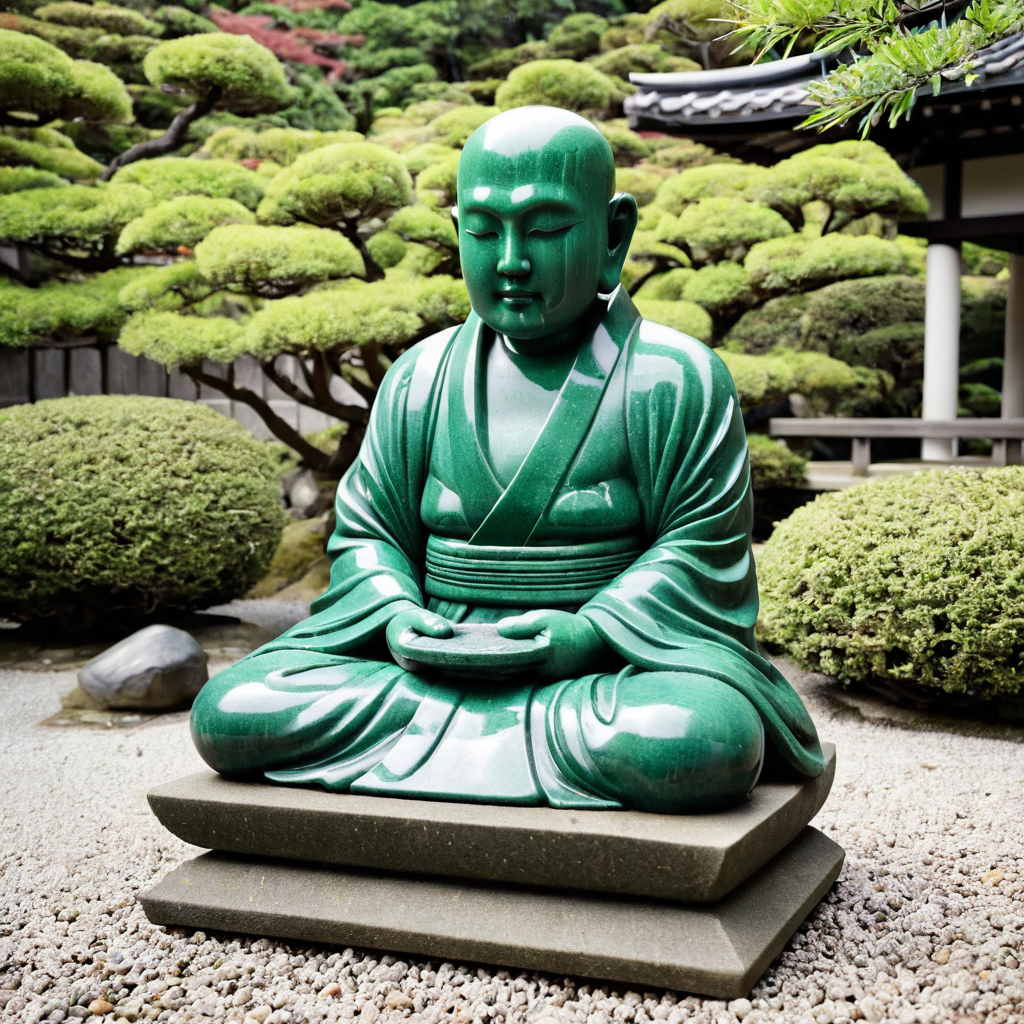
Becoming better at meditation involves building a consistent practice and refining your approach over time. Here’s a step-by-step guide to help you improve your meditation skills:
1. Start with the Basics
Meditation can seem daunting at first, but the key is to start simple. Begin by selecting a basic meditation style, such as mindfulness meditation or focused attention meditation, where you focus on the breath.
Tips for Starting:
- Choose a Comfortable Position: Sit in a chair, on a cushion, or lie down—whatever feels most comfortable, as long as it allows you to stay alert.
- Set a Timer: Start with just 5–10 minutes per session, and gradually increase as you become more comfortable.
- Focus on Your Breath: Simply pay attention to your breath. Notice the sensation of air entering and leaving your body. If your mind wanders, gently bring it back to your breath.
2. Cultivate Consistency
One of the most important ways to improve your meditation is to practice regularly. Consistency helps train the mind to focus and relax over time.
Tips for Consistency:
- Set a Routine: Try to meditate at the same time each day, such as first thing in the morning or right before bed. This helps build a habit.
- Start Small: If you’re new to meditation, don’t pressure yourself to meditate for long periods. Consistency is more important than duration at first.
- Track Your Progress: Use a journal or an app to track your practice. Seeing your progress can help motivate you.
3. Deal with Distractions
When you meditate, it’s normal for your mind to wander. Thoughts, emotions, and physical sensations will come up. The goal isn’t to stop these things from happening but to develop awareness and acceptance of them without judgment.
Tips for Managing Distractions:
- Acknowledge Distractions: If your mind wanders, acknowledge it without judgment and gently bring your focus back to your breath or your chosen point of focus.
- Practice Mindful Awareness: Instead of trying to eliminate distractions, observe them without attachment. For example, if a thought arises, notice it as it passes, then return to your practice.
- Use a Focus Object: If focusing on the breath feels too difficult, try focusing on an object or a mantra (a repeated word or phrase).
4. Develop Patience and Acceptance
Meditation is a skill that takes time to develop, so be patient with yourself. Avoid the temptation to expect immediate results, like complete relaxation or mental clarity. Instead, appreciate the small moments of awareness and calm.
Tips for Patience:
- Let Go of Expectations: Don’t meditate with the goal of achieving a specific result, such as “clearing your mind” or “feeling peaceful.” These are often by-products of consistent practice, not the main focus.
- Embrace Imperfection: Sometimes your mind will be very busy, and that’s okay. Accept it as part of the process rather than something to avoid or fix.
5. Use Guided Meditations
If you find it difficult to meditate on your own, guided meditations can be very helpful, especially for beginners. These meditations are led by an instructor (often through a recording or app) who provides instructions and helps keep you on track.
Tips for Using Guided Meditations:
- Explore Different Teachers: Different instructors offer various styles, so experiment with a few to find the one that resonates with you.
- Find a Resource You Like: There are many apps and websites offering guided meditations, such as Headspace, Calm, Insight Timer, and YouTube.
- Use the Right Length: If you’re new to meditation, try guided sessions that are around 5–10 minutes long and gradually increase the duration.

6. Work with the Body
The body plays an important role in meditation. When you sit or lie down, ensure that you are relaxed but alert. If you’re uncomfortable, it can be harder to concentrate.
Tips for Physical Comfort:
- Posture: A straight but relaxed posture supports alertness. If you’re sitting, keep your back upright and avoid slouching.
- Stretch Before Meditating: Gentle stretching or yoga before meditation can help release physical tension.
- Hands and Feet: Keep your hands resting comfortably on your lap or knees, and ensure your feet are grounded or comfortable.
7. Practice Mindfulness Throughout the Day
Meditation doesn’t need to be limited to your formal sitting practice. You can incorporate mindfulness into everyday activities such as eating, walking, or doing chores. This can help strengthen your overall mindfulness and make meditation feel more natural.
Tips for Mindful Living:
- Focus on the Present: Try to bring awareness to whatever you are doing. For example, while eating, notice the textures and flavors of your food, or while walking, pay attention to the sensations in your feet and body.
- Non-Judgmental Awareness: Just like in formal meditation, practice observing experiences without labeling them as good or bad. This builds acceptance and presence.
8. Reflect on Your Practice
Over time, reflect on how meditation is affecting you. Are you noticing changes in your mood, stress levels, or mental clarity? Journaling about your experiences can help you track your growth and understand your evolving relationship with meditation.
Tips for Reflection:
- Note Patterns: After a few weeks, look back at your practice. Do you feel more peaceful or focused? Are you noticing changes in your emotional or mental state?
- Celebrate Small Wins: Recognize and celebrate improvements, no matter how small. This positive reinforcement will help keep you motivated.
9. Explore Different Types of Meditation
As you become more experienced, consider exploring other meditation styles, such as:
- Loving-kindness Meditation (Metta): Focuses on developing compassion for yourself and others.
- Body Scan Meditation: Focuses on systematically scanning and relaxing each part of the body.
- Transcendental Meditation: Involves the repetition of a specific mantra.
- Zen Meditation (Zazen): Focuses on seated meditation, often with attention to posture and breathing.
Exploring different methods can help keep your practice fresh and deepen your experience.
10. Be Compassionate with Yourself
Meditation is a personal journey, and there will be ups and downs. Don’t be hard on yourself if you find it difficult or if your practice feels uneven. The act of simply showing up and practicing, even on challenging days, is progress in itself.
By incorporating these strategies and practicing regularly, you’ll gradually improve your meditation skills and experience greater benefits, such as reduced stress, improved focus, and enhanced emotional well-being.
When you purchase through links on our site, we may earn an affiliate commission.


